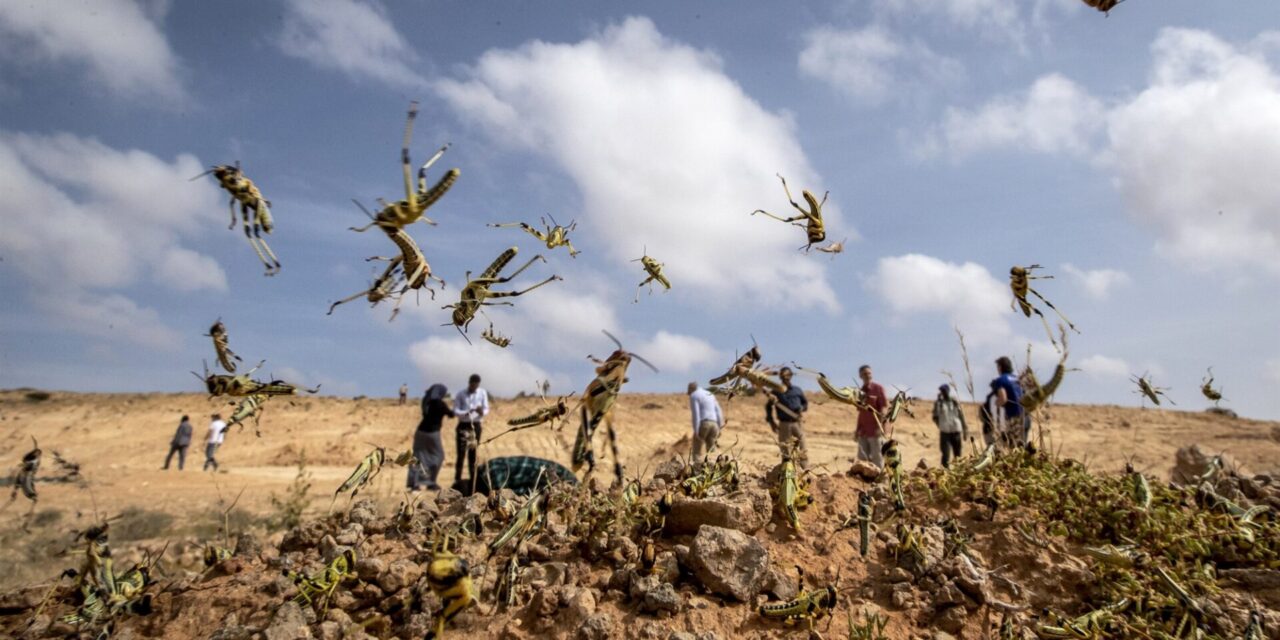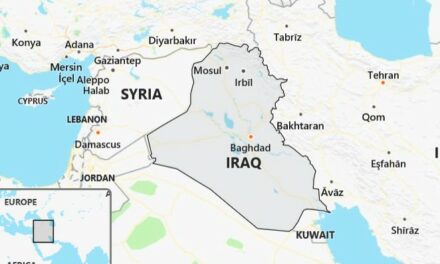Drawn to an emaciated avocado drooping from a drying mother tree, Esther Ndavu wonders aloud if it will ever mature into the fist-sized oval fruit that keeps city residents going. Like many others at her farm in Mathyakani village in central-eastern Kenya, this avocado tree has been attacked by desert locusts. With a wide sweep of her right hand, Ndavu counts about 10 avocado, mango and paw paw trees that are losing their boughs after the infestation.
The locust invasion that swept over farms in rural Kenya from December 2019 has left farmers like Ndavu not only counting crop losses, but struggling with emerging environmental and health problems. The swarms have been the worst seen in Kenya for 70 years, and experts are concerned that swarms later in the year will be even larger.
Desert locusts, or Schistocerca gregaria, have often been called the world’s most devastating pest, and for good reason. Swarms form when locusts’ numbers increase and they become crowded. This causes a switch from a relatively harmless solitary phase, to a gregarious, sociable phase. In this phase, the insects are able to multiply 20-fold in three months and reach densities of 80 million per square kilometre. Each can consume 2g of vegetation every day – combined, a swarm of 80 million can consume food equivalent to that eaten by 35,000 people a day.
In 2020, locusts have swarmed in large numbers in dozens of countries, including Kenya, Ethiopia, Uganda, Somalia, Eritrea, India, Pakistan, Iran, Yemen, Oman and Saudi Arabia. When swarms affect several countries at once in very large numbers, it is known as a plague.
Ndavu’s village of Mathyakani, which covers about 50 sq km (19 sq miles), is home to about 10,000 people. At Ndavu’s 1.6 hectares (four acres) of land, the locust swarms destroyed produce worth 50,000 Kenyan shillings ($460/£350), which she was set to begin harvesting in July.






Recent Comments